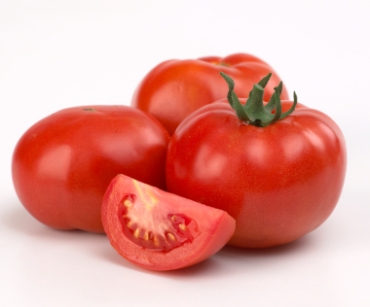The green movement deserves a pat on the back today because we gained some traction in the second presidential debate. Thanks to the efforts of many environmentalist organizations and conservationists, some of the concerns voiced by these groups were discussed. This undoubtedly was made possible by the town hall-style of the debate with the questions posed by ordinary citizens.
It was refreshing to hear discussion on the government’s regulations on gas pricing, and it was important to learn that inasmuch as oil is a global commodity, with its prices set by a global energy market, any presidential administration has minimal impact on gas and oil prices. Also, 65% of the cost of oil and gas is set by the market with the difference attributed to distribution, delivery and other local market concerns. We do know that our economy is held hostage to oil price shocks over which we have no control. The one solution to this problem is to reduce our dependence on oil.
Unfortunately, most of last night’s debate discussion on green concerns were limited to the oil and gas industry. Once again, the subject of climate change was ignored. Maura Cowley, executive director of the Energy Action Coalition, a group of youth-led environmentalist and social justice groups remarked, “[i]t’s preposterous that both candidates spent so much of the precious few minutes dedicated to energy policy tonight fighting over whose vague plan would fry the planet”. Proponents of the green movement know that America must seek alternative energy solutions. We no longer can rely on oil, gas and coal. The future of our planet mandates clean energy, such as wind and solar power and biofuels.
Although the green initiatives did not get the full dialogue it deserved last night, at least the subject made it into the conversation. It remains more important than ever that we, as citizens, incorporate green into our daily lives to save the planet. To do this, let’s live green, be green.









